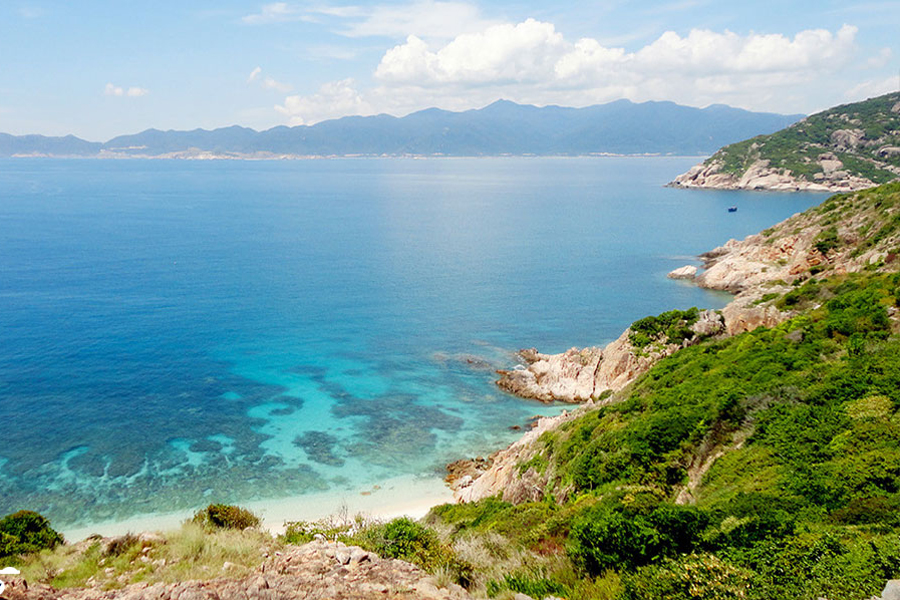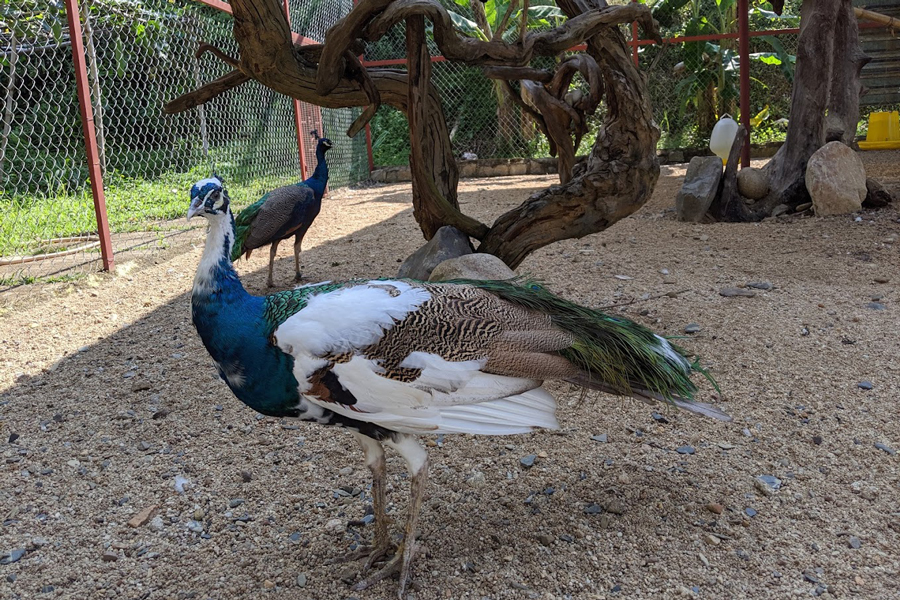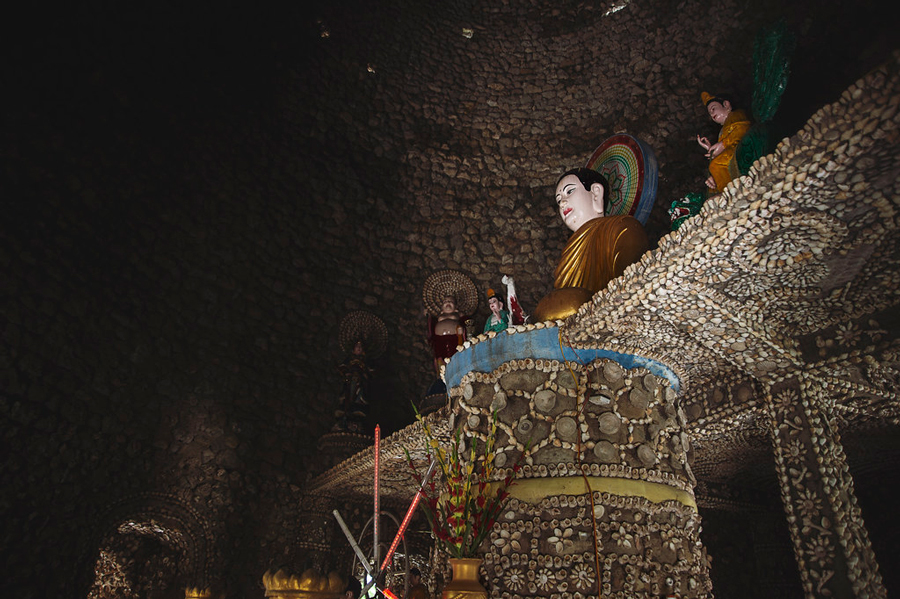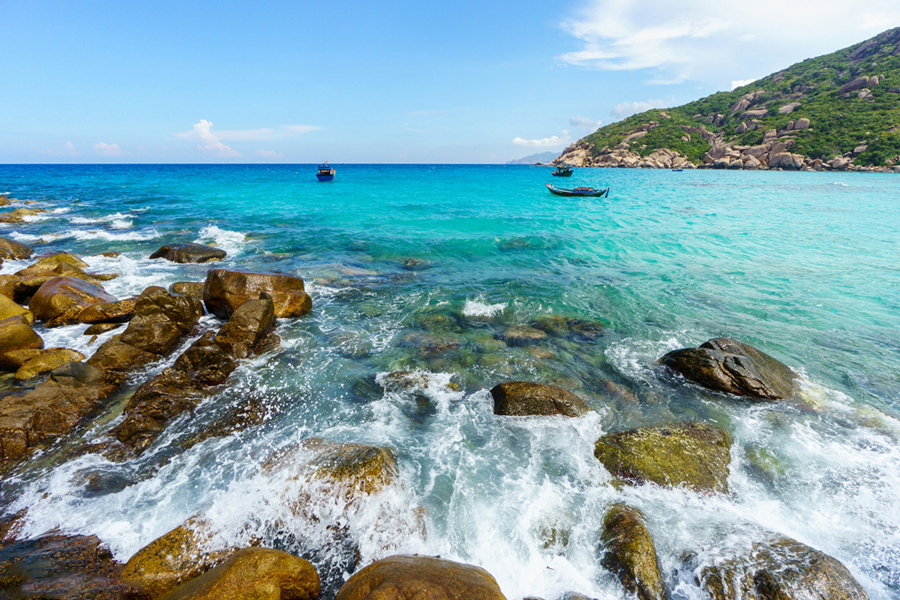Cam Ranh

Cam Ranh, a coastal city nestled along the South China Sea in Khanh Hoa Province, Vietnam, boasts a rich history and strategic importance. The city's prominence surged during the Vietnam War when Cam Ranh Bay served as a pivotal U.S. military base and logistics hub. In the post-war era, the region underwent a transformation, evolving into an economic hub with a focus on tourism, fishing, and aquaculture. The Cam Ranh International Airport plays a crucial role in connecting the city to both domestic and international destinations, facilitating economic activities and tourism. Renowned for its stunning beaches, clear waters, and picturesque landscapes, Cam Ranh has become a sought-after tourist destination. Cam Ranh, with its blend of historical significance, natural beauty, and ongoing development, stands as a testament to Vietnam's resilience and progress.
Cam Ranh, situated on the southeastern coast of Vietnam, holds a historical tapestry woven with the threads of wartime significance and post-conflict transformation. During the Vietnam War, Cam Ranh Bay emerged as a critical theater, serving as a major U.S. military base and logistics center. The deep-water port played a pivotal role in the conflict, witnessing the arrival and departure of troops, supplies, and vessels. However, as the war concluded, the region faced the challenge of transitioning from a military stronghold to a center of peace and development. In the subsequent years, Cam Ranh underwent a remarkable transformation, leveraging its strategic location and natural assets for economic growth. Today, remnants of its wartime past coexist with the bustling activities of a modern city, showcasing the resilience of the people and the adaptive spirit of Cam Ranh.
Cam Ranh boasts a variety of attractions that draw visitors seeking natural beauty, historical significance, and cultural experiences.
Bai Dai Beach: Known for its pristine white sands and crystal-clear waters, Bai Dai Beach is one of the most beautiful beaches in the region. It offers a tranquil setting for relaxation and water activities.

Bai Dai Beach - A renowned and picturesque coastal destination
Cam Ranh Bay: The historic Cam Ranh Bay, once a crucial military site, now stands as a picturesque destination. Visitors can enjoy the scenic views, explore the bay's coastline, and learn about its wartime significance.

Cam Ranh Bay - A large and strategically significant bay
Hon Ba Nature Reserve: Located near Cam Ranh, Hon Ba Nature Reserve is a haven for nature lovers. The reserve features diverse flora and fauna, hiking trails, and panoramic views of the surrounding landscapes.

Hon Ba Nature Reserve - Habitat of diverse species of plants and animals.
Tu Van Pagoda

Extremely unique architecture with millions of snail shells of Tu Van Pagoda
The construction of these buildings predominantly incorporates materials like coral, seashells, and sea shells. With an impressive height of 39 meters, it holds the distinction of being the tallest tower according to the Vietnam Record Book. Beyond its architectural grandeur, Tu Van Pagoda provides a serene atmosphere, offering visitors a place of tranquility to find solace and inner peace amidst life's challenges.
Binh Hung Island

The island is celebrated for its pristine and unspoiled natural beauty
Binh Hung Island remains a relatively undiscovered gem in terms of tourism, allowing visitors to experience the unspoiled beauty of nature. The island boasts pristine white sand beaches, where waves gently roll onto the shore, and the water is crystal clear.
Binh Ba Island

The peaceful and pristine beauty of Binh Ba Island
For those yearning for a return to nature, seeking unexplored and untouched destinations, Binh Ba Island presents an ideal choice. The island offers a fairyland-like ambiance with its clear skies, blue clouds, and a sense of being removed from the hustle and bustle of everyday life. Choosing Binh Ba as a destination provides an opportunity to recharge one's energy amidst the untouched and breathtaking landscapes.
Accommodation
Transportation
Food

Lobster capital of Cam Ranh, Khanh Hoa province
Entrance Fees: Attractions and activities may have varying entrance fees. Some attractions are free or have minimal charges, while others may cost $5 to $20.
Tours and Excursions: Guided tours and excursions can range from $20 to $100 or more, depending on the complexity and duration.
Shopping: Budgeting around $20 to $50 for souvenirs and local products is a reasonable estimate, depending on personal preferences.
Cam Ranh experiences two distinct climate seasons: a rainy season and a dry season. The rainy season, spanning approximately from September to December, is characterized by abundant rainfall. Despite the rain, there is still ample sunshine, providing a favorable environment for visitors to enjoy their vacations. However, it's important to be cautious during this period as storms and floods may occur. The dry season, lasting from January to September, is an ideal time to travel to Cam Ranh. Specifically, from March to August, the weather is sunny, and the sea remains calm, creating optimal conditions for a pleasant vacation experience in Cam Ranh.
There are numerous transportation options available for your journey to Cam Ranh, and your choice of vehicle can depend on factors such as cost and the number of people in your travel group. If you prefer a quick and convenient option, airplanes from various airlines departing from Hanoi and Ho Chi Minh City to Cam Ranh airport are readily available. Keep an eye out for affordable airfares to optimize your travel savings. Alternatively, if you enjoy scenic views and wish to have a unique experience, consider opting for a train journey. For a more budget-friendly approach, passenger cars are a viable means of transportation, allowing you to save significantly on travel expenses, although the trade-off is a longer travel time spent in the car.